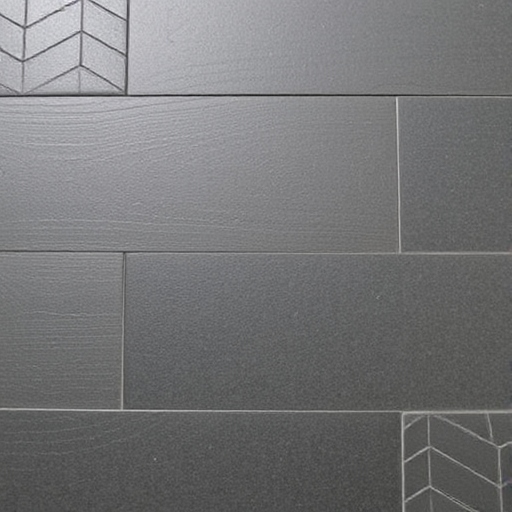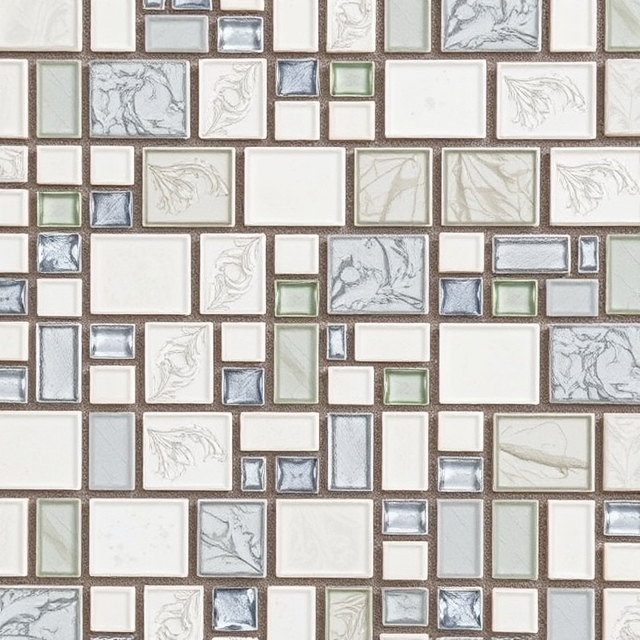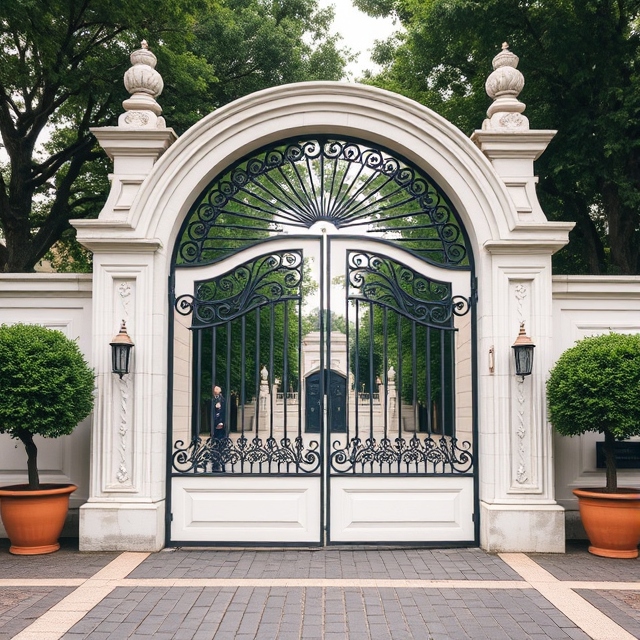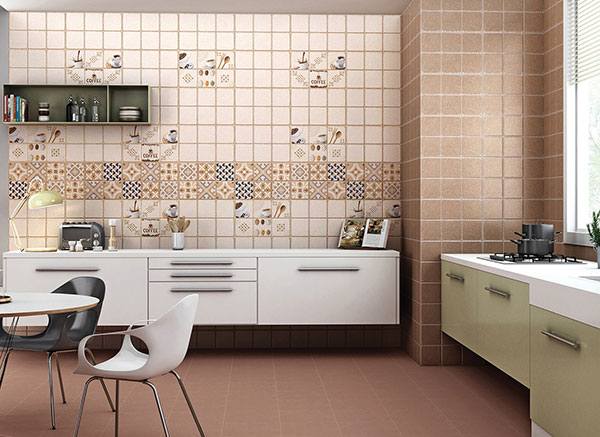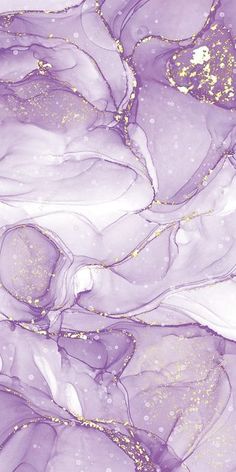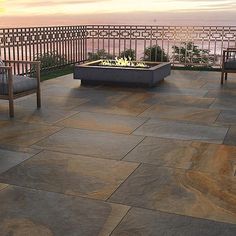Slate Tiles: Durable, Elegant, and Versatile Flooring for Every Space
Slate tiles are a popular choice for many homeowners looking to create an elegant yet durable finish for their interiors and exteriors. Known for their natural beauty, versatility, and longevity, slate tiles can transform any space. Whether you’re planning to use them in your kitchen, bathroom, living room, or even outdoor areas, slate tiles offer a unique combination of qualities that can elevate your home’s aesthetic appeal.
What Are Slate Tiles?
Slate tiles are made from a fine-grained, metamorphic rock that is formed from clay or shale under intense pressure. These tiles are split into thin layers, giving them a natural cleft surface. This unique texture makes them highly sought after for their rustic and earthy appeal. Slate tiles are available in a variety of colors, including shades of grey, green, purple, and black, allowing homeowners to select the perfect hue to match their design vision.
The durability of slate is one of its standout features. It is highly resistant to wear and tear, making it a great option for areas with high foot traffic, like hallways and kitchens. Slate tiles are also non-porous, making them resistant to stains and water damage, which is a significant advantage in areas like bathrooms and kitchens.
Benefits of Slate Tiles
- Durability
Slate tiles are known for their exceptional strength and durability. Unlike other types of tiles, slate is highly resistant to chipping, scratching, and cracking. This makes slate tiles ideal for high-traffic areas, as well as areas prone to heavy use, such as kitchens and bathrooms. Their long-lasting nature ensures that they will continue to look great for years with minimal maintenance. - Natural Beauty
One of the main reasons homeowners choose slate tiles is for their natural beauty. The rich textures and colors of slate, from deep greys to earthy browns and greens, create a visually stunning backdrop for any room. Each tile is unique, with its own veining and patterns, giving your space a distinctive and personalized touch. Slate tiles add a timeless elegance that works well in both modern and traditional designs. - Water Resistance
Slate tiles are naturally water-resistant, which makes them an excellent choice for wet areas like bathrooms, showers, and kitchens. Unlike porous materials like wood, slate won’t absorb water, making it more resistant to mold and mildew growth. This feature not only ensures your tiles remain in good condition but also contributes to a healthier indoor environment. - Easy Maintenance
Slate tiles are relatively easy to maintain. A regular cleaning routine that involves sweeping and mopping will usually be enough to keep the tiles looking fresh. Unlike some other materials, slate doesn’t require special cleaning agents or procedures. Additionally, because of its resistance to water and stains, slate requires less frequent sealing and care than other porous stone materials. - Eco-Friendly Option
Since slate is a natural stone, it is an environmentally friendly option. Slate tiles are made from abundant natural resources and require little energy to process compared to synthetic materials. This makes them a sustainable choice for homeowners who are environmentally conscious.
Types of Slate Tiles
Slate tiles come in various types, each with its unique features. These include:
- Cleft Finish Slate
This is the most common type of slate tile, known for its textured, uneven surface. The cleft finish gives the tiles a rustic and natural appearance, making it a popular choice for country-style and rustic homes. - Honed Slate
Honed slate has a smooth, matte finish. This type of slate is less textured than cleft finish tiles and offers a more polished, modern appearance. Honed slate is perfect for contemporary homes or spaces where you want a more refined look while still enjoying the benefits of slate. - Polished Slate
Polished slate is treated with a high-gloss finish, giving the tiles a shiny, smooth surface. Polished slate tiles add sophistication and luxury to any room. They are often used in formal spaces like dining rooms or in high-end bathroom designs. - Tumbled Slate
Tumbled slate has a distressed, worn look that mimics the appearance of ancient tiles. The edges are rounded, and the surface may have a slightly uneven texture. Tumbled slate is perfect for creating a charming, vintage look in your home. - Slate Mosaic Tiles
These are small, intricately designed pieces of slate that are arranged into a mosaic pattern. Slate mosaic tiles are great for creating feature walls, backsplashes, or decorative accents in bathrooms and kitchens.
Applications of Slate Tiles
- Kitchen Floors and Backsplashes
Slate tiles are commonly used in kitchen flooring and backsplashes due to their ability to withstand spills, moisture, and foot traffic. The natural patterns and textures of slate add a unique and appealing look to kitchen spaces, creating a stylish yet functional design. - Bathroom Walls and Floors
Slate’s water resistance makes it a popular choice for bathroom walls and floors. Slate tiles can be used to create luxurious shower surrounds, or as a stunning accent in wet areas. The natural slip resistance of slate makes it a safe option for bathroom floors as well. - Living Rooms and Hallways
Slate is not only suitable for wet areas; it can also enhance the look of living rooms and hallways. Slate flooring gives a sophisticated, timeless feel to these spaces, and the material can work in a range of design styles, from modern to traditional. - Outdoor Spaces
Slate tiles are an excellent option for outdoor use, such as for patios, walkways, or pool decks. The durable nature of slate means it can withstand harsh weather conditions, making it a reliable material for exterior spaces. The natural colors of slate tiles can also complement landscaping elements and create a cohesive outdoor aesthetic. - Fireplaces
Slate is often used as a material for fireplaces because of its heat-resistant properties. It can be used for the surround or hearth, providing a sleek, contemporary look while remaining functional in high-heat environments.
Considerations When Installing Slate Tiles
- Weight
Slate tiles are relatively heavy compared to other types of tiles, which means the subfloor must be strong enough to support the weight. This is especially important for large tiles or floors with multiple layers. It’s recommended to consult a professional installer to ensure proper installation. - Sealing
While slate tiles are naturally water-resistant, it’s still important to apply a sealant to protect the surface, especially in areas exposed to heavy moisture, such as bathrooms or kitchens. Sealing the tiles also helps enhance their color and texture, providing added durability and ease of maintenance. - Slip Resistance
While slate is generally slip-resistant, the degree of slip resistance can vary depending on the finish. For wet areas like bathrooms or poolside patios, it’s essential to choose a textured or cleft-finish slate to prevent slipping hazards. - Cost
Slate tiles tend to be more expensive than other types of tile, such as ceramic or vinyl. However, considering the longevity, beauty, and low maintenance of slate, the investment is often worthwhile in the long run.
Conclusion
Slate tiles are a durable, beautiful, and versatile option for anyone looking to enhance their home with a timeless natural stone. Whether used for floors, walls, or outdoor spaces, slate tiles can add elegance, functionality, and unique character to any room. Their eco-friendly properties, ease of maintenance, and resistance to water make them a fantastic choice for a wide range of applications. If you’re looking to elevate your home with a stylish yet long-lasting material, slate tiles are a perfect solution.
Read More:

